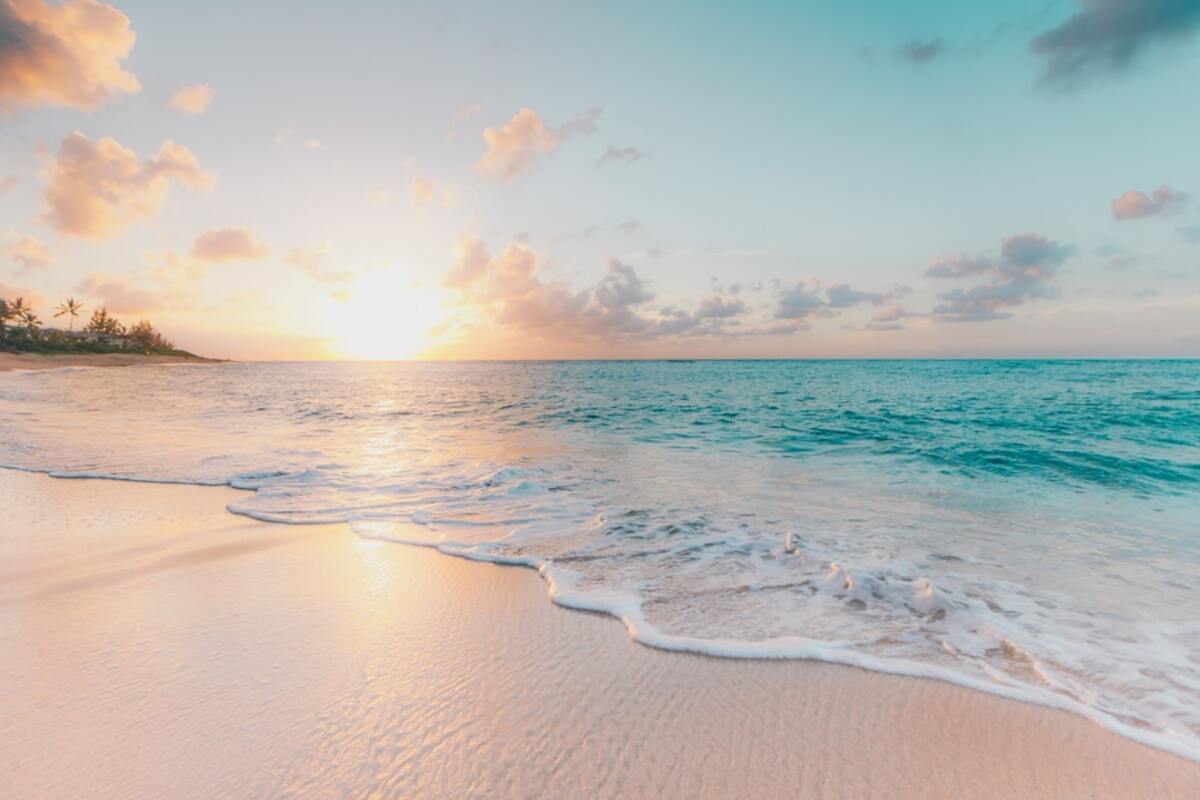The Underwater Fairy Circles of the Baltic Sea
Explore the mysterious underwater formations known as 'fairy circles' in the Baltic Sea, where science and folklore intertwine.

- Fairy circles in the Baltic Sea are a unique ecological phenomenon.
- These formations were initially thought to be caused by magical or mythical creatures.
- Recent studies reveal a biological explanation involving seagrass and nutrient dynamics.
The Enigma of the Baltic Sea's Underwater Fairy Circles
Beneath the rolling waves of the Baltic Sea, an enthralling mystery has baffled scientists and enchanted folklore enthusiasts alike. These peculiar formations, known as 'fairy circles,' boast a perfect circular shape and an ethereal beauty that has led to a wide range of hypotheses about their origins.
Unlike the more familiar desert fairy circles found in Namibia, these underwater counterparts possess a distinctive allure, primarily due to their submerged habitat and intricate biological makeup. Initially, these circles were attributed to supernatural causes, with local legends weaving tales of mythical creatures dancing on the seafloor, inadvertently creating these enchanting patterns.
However, a closer inspection by marine biologists has unveiled a more scientific explanation. The circles are primarily composed of seagrass, specifically Zostera marina, forming a natural ring-like pattern on the seabed. These formations arise from the interaction between the seagrass and the environmental conditions of the Baltic Sea, particularly the nutrient levels and sediment composition.
Understanding the Formation Process
The formation of these circles is a delicate dance between biology and chemistry. The seagrass, which serves as a critical habitat for marine life, grows in patterns influenced by the availability of nutrients and light. The circular formation emerges as the seagrass optimizes its growth to maximize exposure to these essential resources.
Furthermore, the nutrient dynamics play a vital role in shaping these circles. The Baltic Sea, being a brackish water body, presents a unique set of challenges in terms of nutrient availability and sediment composition. The seagrass must adapt to these conditions, leading to a self-organizing process that results in the formation of distinct circular patterns.
To illustrate the complexity of these interactions, consider the following table:
| Factor | Influence on Formation |
|---|---|
| Nutrient Levels | Determines the density and distribution of seagrass growth. |
| Light Availability | Affects the photosynthetic efficiency and overall health of seagrass. |
| Sediment Composition | Influences the anchorage and stability of seagrass roots. |
The Cultural Significance and Future Research
Beyond their ecological importance, these underwater fairy circles hold a significant place in the cultural narratives of the regions surrounding the Baltic Sea. Traditional folklore often attributes these formations to the realms of magic and mystery, creating a rich tapestry of stories that continue to captivate imaginations.
As research progresses, scientists are keen to explore the potential impacts of climate change on these delicate ecosystems. Understanding how rising temperatures, altered salinity, and human activities affect the formation and sustainability of these circles is crucial for ensuring their preservation.
Continued studies may also reveal more about the interconnectedness of marine ecosystems and the adaptive strategies employed by seagrass in response to environmental changes. The fairy circles of the Baltic Sea, with their blend of mystery and scientific intrigue, provide a remarkable case study for the ongoing exploration of Earth's diverse and dynamic ecosystems.
